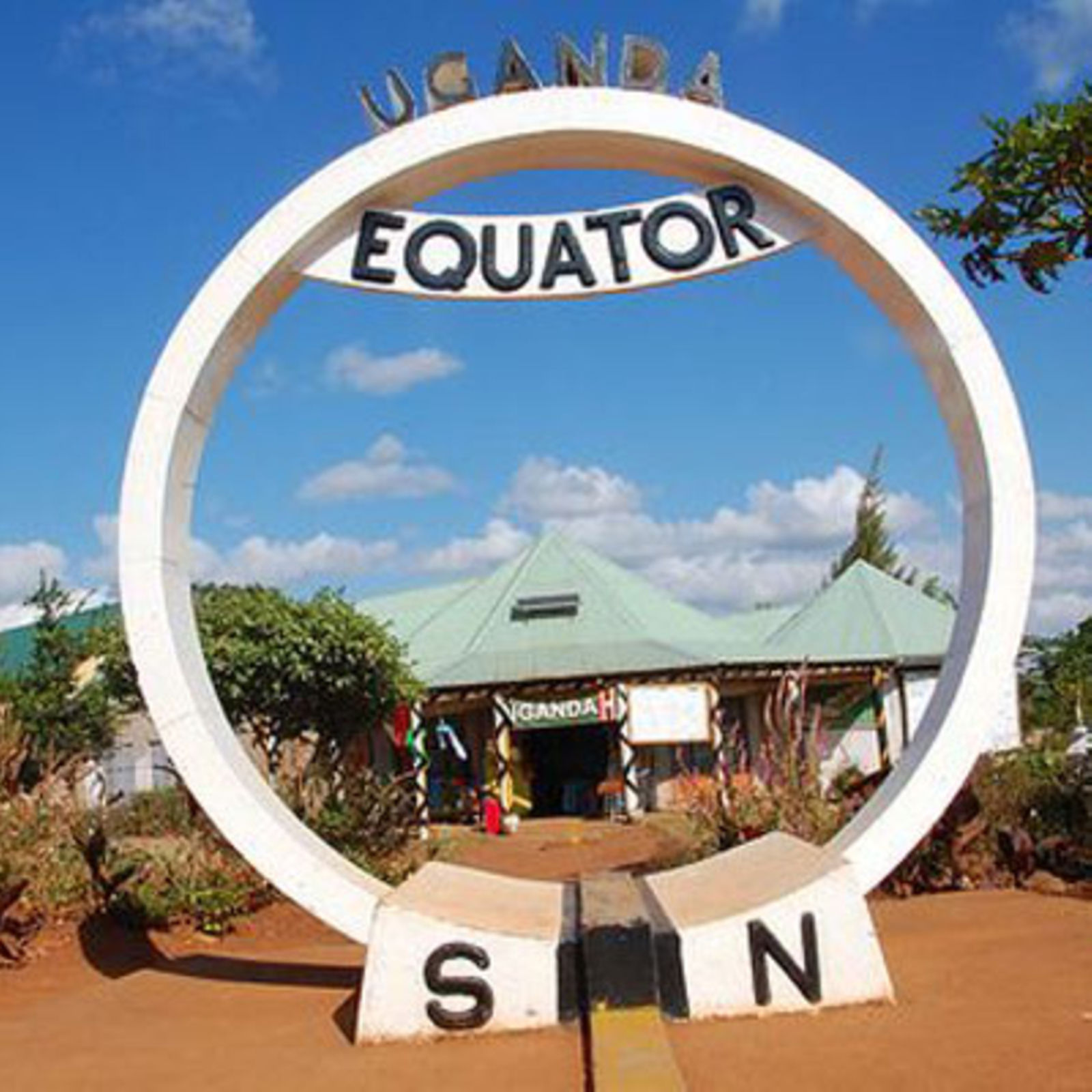The people of the Equator- Equator Hikes
The Equator people came up during the 1906 expedition were the Duke came into contact with the different local groups such as the Baganda, Batoro, Bakonjo and the Bamba. Upon his arrival in Uganda, the Duke first encountered the Central region where he got over 220 Baganda as porters and as he moved to other regions like western, he got others from Kabarole who escorted him into the Tooro Kingdom where he met King Kasagama. As he continued on the slopes of the mountains, he met the Bakonjo whose villages are located up to 2,300 meters of the altitude and these substituted the Baganda.
 Who are the Equator people?
Who are the Equator people?
The Equator people are persons who live around the slopes of Rwenzori mountains – Bakonjo and Bamba people. These people are indigenous ethnic groups residing in the Rwenzori region, which spans the border between Uganda and the Democratic Republic of Congo. Their history and cultural practices are intertwined with the development and preservation of the Rwenzori Mountains.
The Bakonjo and Bamba people have a deep cultural connection to the mountains and have developed their own knowledge of the region’s ecosystems, wildlife, and weather patterns. They have been living in the foothills and valleys of the Rwenzori Mountains for generations, relying on its resources for their livelihoods, including agriculture, livestock farming, and trade.
Role of the Equator people in the development of the mystic Rwenzori mountains
In terms of development, the Bakonjo and Bamba people have played a role in promoting sustainable practices and conservation efforts within the Rwenzori Mountains. Their traditional knowledge has contributed to understanding the local ecology and has been used in initiatives aimed at preserving the biodiversity of the area. These indigenous communities have also been involved in tourism-related activities, including guiding visitors interested in exploring the mountains.
However, it’s essential to note that the history and interactions of indigenous communities with the development of the Rwenzori Mountains can vary greatly depending on specific cultural, historical, and socio-political factors.
